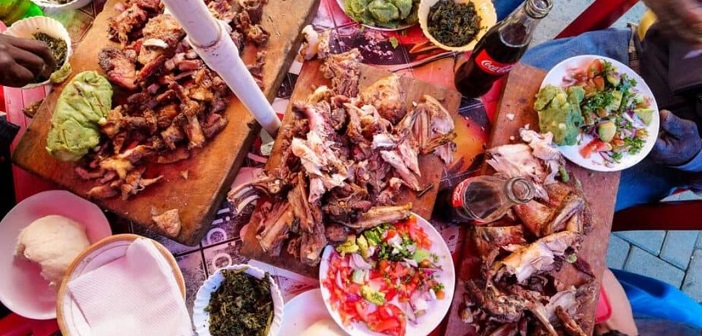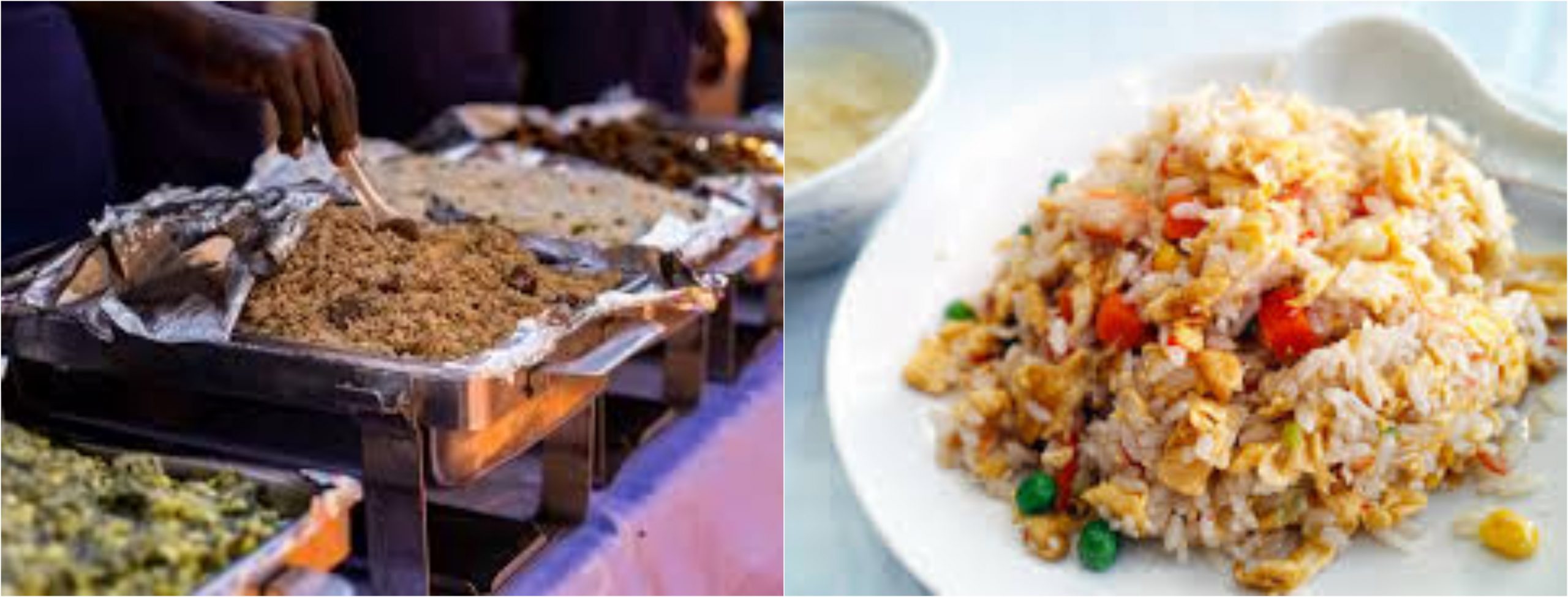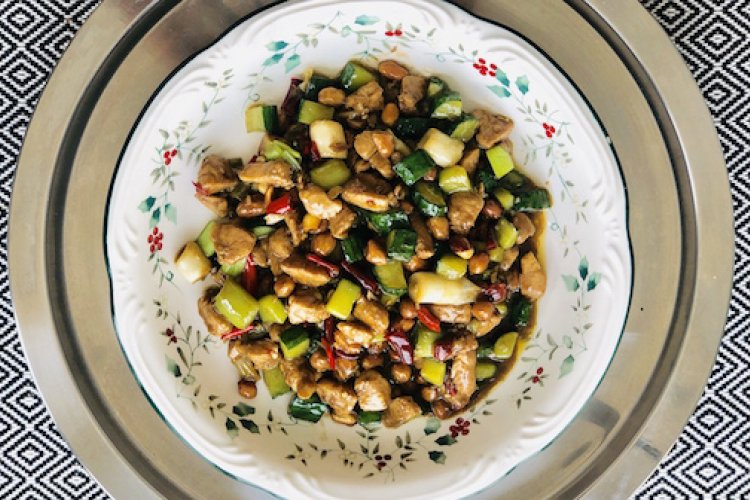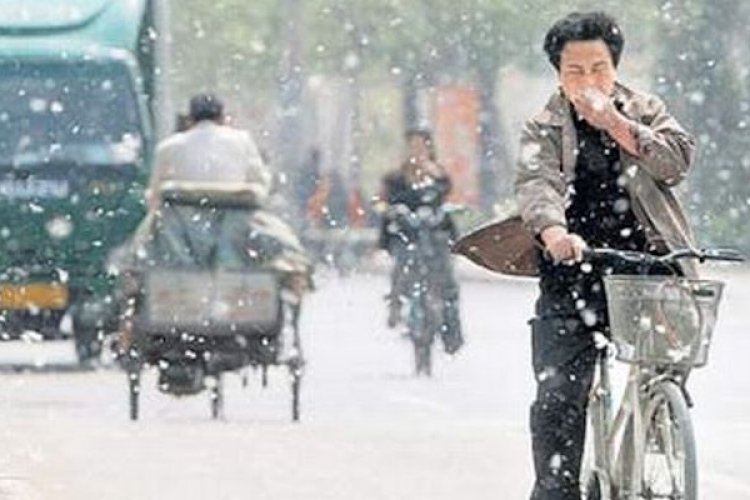That’s Not Chasiu! It’s Nyama Choma! When Kenyan and Chinese Food Unite
As a Kikuyu in Kenya, one grows very tired of the old but not altogether untrue joke that my people don’t have much in the way of culinary variety. The Kikuyu, one of the biggest tribes in Kenya, are known for a maize and bean gruel called githeri, which has become one of Kenya’s main staples if for no other reason than that it’s just so easy to make. But as a city kid, I have the advantage of claiming not only my own people’s starch-heavy cuisine but the plethora of dishes imported to the city in which I was born and raised – Nairobi. Some of these dishes hold a special place in my heart, and I have missed them in the years I have been away from home. But thankfully, I have found wonderful alternatives in Beijing that, in many ways, offer me a taste of home. So here we go!
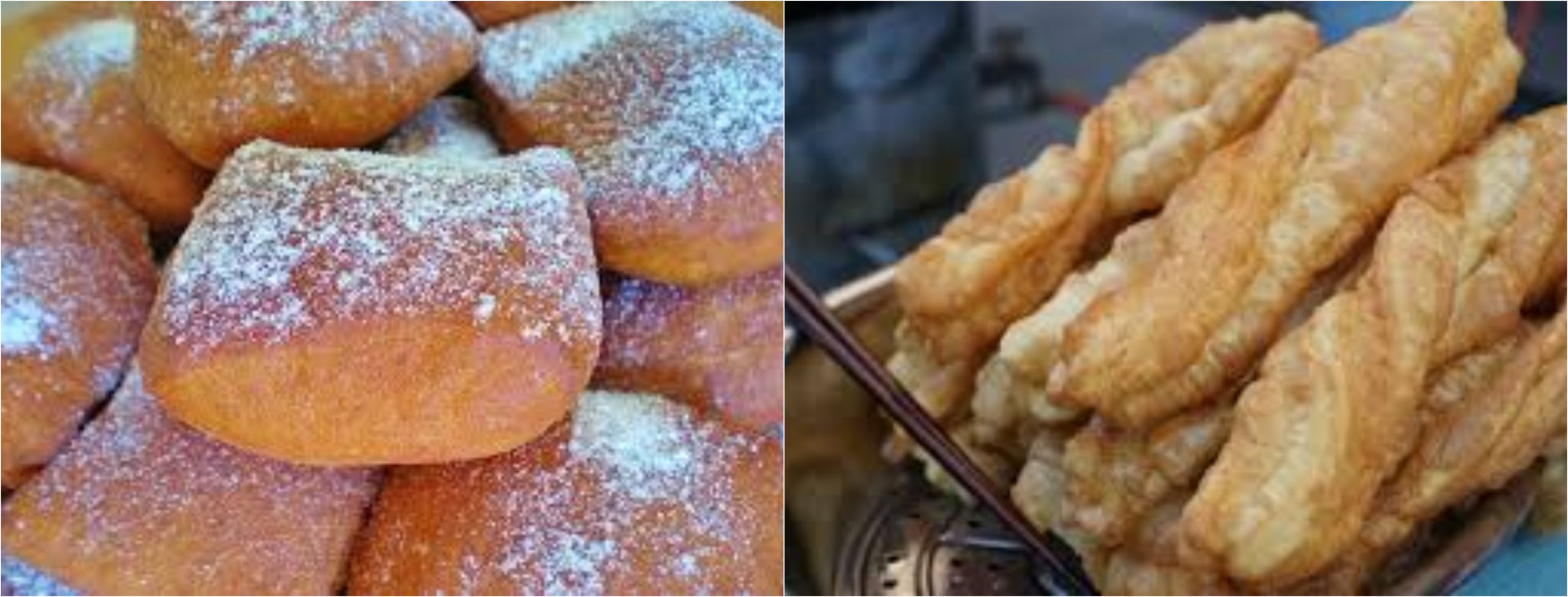
If you’ve lived in Beijing long enough and hang out around enough hutongs, you might have come across this delicacy which is basically strips of dough deep-fried ’till they are crispy. In Kenya, mandazi is a favorite breakfast snack for kids and adults alike, generally cut into triangles and fried to a crispy brown. There is a version of the same with a harder texture called ngumu – in Swahili literally translates as ‘hard,' as the pieces of thick dough are fried until the exterior forms a dark brown crust and the inside remains soft and fluffy! This is also one of those super easy recipes since all you need to make Mandazi is water, flour, a little salt to taste, and enough oil in which to deep fry the strips!
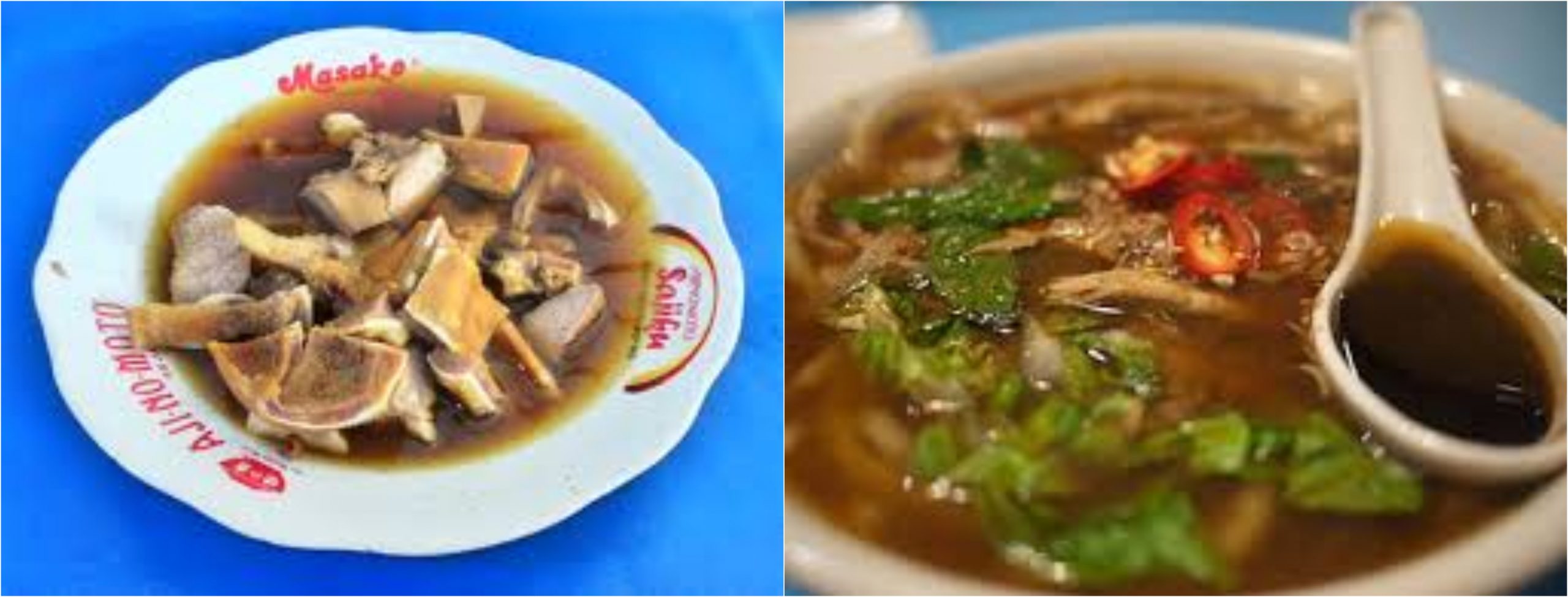
As a rule, when an animal is slaughtered in Kenya, very little is left uneaten. That also goes for the offal, generally turned into sausage only comparable to the Scottish delicacy haggis, but also eaten as a soup, along with a starch accompaniment like rice or chapatti. Matumbo in Swahili literally translates to ‘intestines’, where the tripe, small and large intestines are diced, boiled, and then fried into a soup. Even though the Chinese equivalent, 猪杂汤 zhū zá tāng (pig’s organ soup), utilizes pig offal, matumbo in Kenya is predominantly made of cow, goat, and sheep offal. Now, ‘cool’ city kids might never admit to having this dish as offal meats have fallen out of favor in the west, but it still a simple and delicious culinary delight!
Pilau rice is a favorite of most Kenyans, served at weddings, and at special functions. It is an elaborately made rice dish that takes a certain patience and expertise that disqualifies it from the slap-up dinner menu. Making its way to Kenya via its Indian and middle Eastern settles about two to four hundred years ago, this dish is made with a host of spices fried in with onions, tomatoes, and chunks of tender beef which are cooked separately before being added to the pilau mixture. It is slightly different from the Yangzhou fried rice variety, which comes with more inclusions such as eggs, prawns, and vegetables.

To a large extent, many modern dishes we consider Kenyan are actually Indian dishes. But after many centuries, different Kenyan groups and regions have made them their own. Samosa is a lovely example of an Indian dish, now associated with the Swahili coast and the Muslim population of Kenya. Samosas can either be made vegetarian, complete with potato or green gram and carrot stuffing, or with minced beef or chicken and onion. Thin strips of dough are rolled out and quartered, a triangular shell is formed, the stuffing added, and the triangular pockets of dough and stuffing are fried until crisp. They can also be quite spicy and not unlike a China favorite, the fried dumpling.
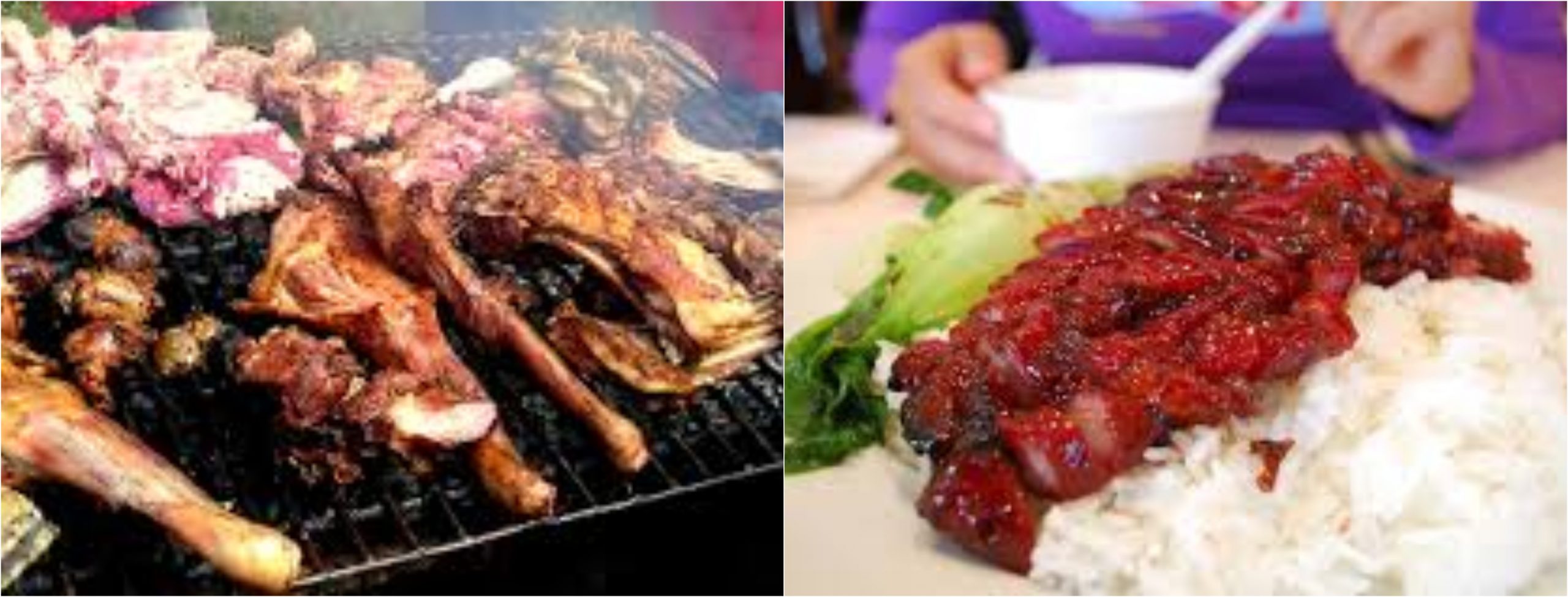
Ask any Kenyan what you should eat first when you visit Kenya and the unanimous answer is nyama choma, which in Swahili literally means roasted meat. It is a simple recipe, which basically sees pieces of beef, mutton, chicken, chevon, and on rarer occasions, pork and fish, being roasted over an open charcoal fire until perfectly cooked and tender. The nyama choma is generally chopped up on a wooden block and served with salt to taste, kachumbari – a mix of tomato, onion, parsley, and chili, steamed or fried greens such as kale or spinach, and a starch such as ugali – a solid type of porridge made from maize flour and water. This is slightly different from the sticky pork variety native to Guangdong, coated with honey and five-spice before being slow-roasted and served in thin, boneless strips.
READ: “That’s Not Bing! It’s Roti!”: When Indian and Chinese Food Unite
This article was originally published by our sister magazine, beijingkids
Photos: pixist.com, Wikimedia commons, piqsels, pexels, pxhere, flickr
Related stories :
Comments
New comments are displayed first.Comments
![]() Sikaote
Submitted by Guest on Tue, 08/18/2020 - 17:52 Permalink
Sikaote
Submitted by Guest on Tue, 08/18/2020 - 17:52 Permalink
Re: That’s Not Chasiu! It’s Nyama Choma! When Kenyan and...
The Kikuyu, one of the biggest tribes in Kenya, are known for a maize and bean gruel...
Erm...o...k?

![]() Sikaote
Submitted by Guest on Tue, 08/18/2020 - 17:51 Permalink
Sikaote
Submitted by Guest on Tue, 08/18/2020 - 17:51 Permalink
Re: That’s Not Chasiu! It’s Nyama Choma! When Kenyan and...
Now YOU, the author, deserve a prize. You wrote a food article that is actually about food, and not grafted onto wishy-washy platitudes about fusion-cuisine as the path to universal brotherhood. Kudos!
and not grafted onto wishy-washy platitudes about fusion-cuisine ...
or IPA beer.

Validate your mobile phone number to post comments.

